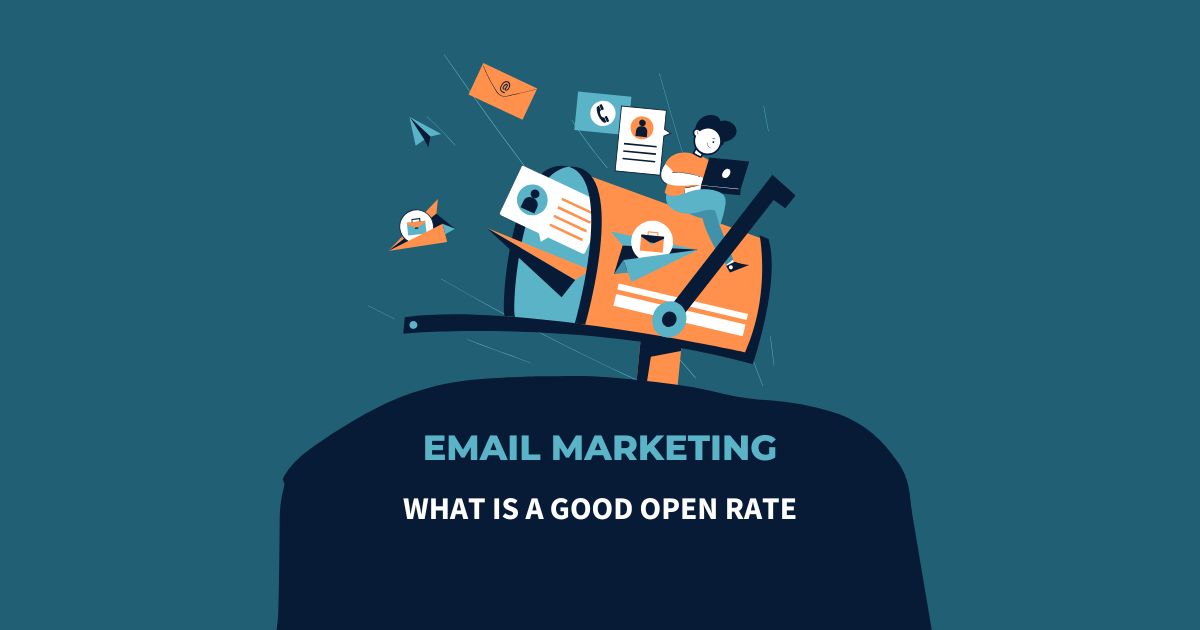
Email marketing remains one of the most effective digital marketing channels, but success hinges on one crucial metric: the open rate. Understanding what constitutes a good open rate can make the difference between a thriving email campaign and one that languishes in inboxes unopened.
Open rates reveal how many recipients actually engage with your emails, serving as a barometer for your campaign’s initial appeal. This comprehensive guide will explore industry benchmarks, factors that influence open rates, and actionable strategies to improve your email marketing performance.
Understanding Email Open Rates
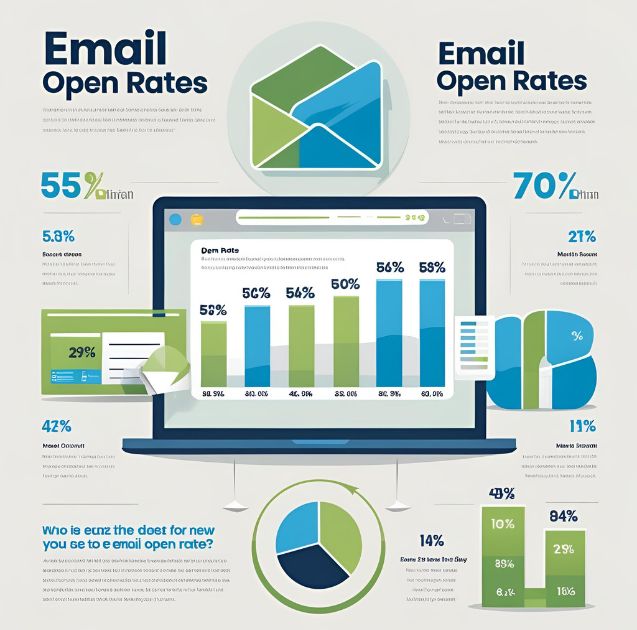
An email open rate represents the percentage of delivered emails that recipients open. The calculation is straightforward: divide the number of unique opens by the number of successfully delivered emails, then multiply by 100.
For example, if you send 1,000 emails and 250 people open them, your open rate is 25%. This metric serves as your first indicator of campaign effectiveness, though it’s important to note that open rates only tell part of the story.
Modern email clients and privacy updates have impacted open rate accuracy. Apple’s Mail Privacy Protection, introduced in iOS 15, automatically loads email content for some users, potentially inflating open rates. Despite these changes, open rates remain a valuable benchmark for email marketing performance.
Industry Benchmarks: What’s Considered Good?
Average email open rates vary significantly across industries, but most sectors see rates between 15% and 25%. Here’s what you can expect:
High-Performing Industries:
- Government and non-profit organizations often achieve 25-30% open rates
- Healthcare and pharmaceutical companies typically see 20-25%
- The education sector frequently reaches 20-28%
Moderate-Performing Industries:
- Retail and e-commerce usually hover around 15-20%
- Financial services commonly achieve 18-22%
- Professional services often see 20-25%
Challenging Industries:
- Daily deal and coupon sites often struggle with 10-15%
- Restaurants and food services typically see 15-20%
- Travel and hospitality usually achieve 15-20%
A good open rate generally falls above the industry average, but context matters more than raw numbers. A 20% open rate might be excellent for retail but concerning for a non-profit organization.
Factors That Influence Open Rates
Several variables directly impact whether recipients open your emails. Understanding these factors helps you optimize your campaigns for better performance.
Subject Line Quality
Your subject line serves as the gatekeeper to your email content. Compelling subject lines create curiosity, urgency, or value without being misleading. Research shows that subject lines with 30-50 characters perform best, though this varies by audience.
Personalization significantly boosts open rates. Including the recipient’s name or referencing their previous behavior can increase opens by 20-30%. However, avoid over-personalization, which can feel invasive.
Sender Reputation and Recognition
Recipients are more likely to open emails from recognized senders. Consistent sender names and email addresses build trust over time. Using a recognizable company name or combining a company name with a person’s name often yields better results than generic addresses.
Your sender’s reputation also affects deliverability. Internet service providers track your sending behavior, and poor practices can land your emails in spam folders before recipients even see them.
Send Time and Frequency
Timing plays a crucial role in open rates. While optimal send times vary by audience, general patterns emerge:
- Tuesday through Thursday typically see higher open rates
- Mid-morning (9-11 AM) and early afternoon (1-3 PM) often perform well
- Weekend emails may work for certain industries but generally see lower engagement
Frequency affects open rates too. Sending too frequently can lead to list fatigue and unsubscribes, while infrequent emails may cause recipients to forget about your brand.
List Quality and Segmentation
High-quality email lists with engaged subscribers naturally achieve better open rates. Regularly cleaning your list by removing inactive subscribers maintains healthy engagement metrics.
Segmentation allows you to send more relevant content to specific audience groups. Targeted emails based on demographics, behavior, or preferences typically see 15-20% higher open rates than generic broadcasts.
Strategies to Improve Your Open Rates
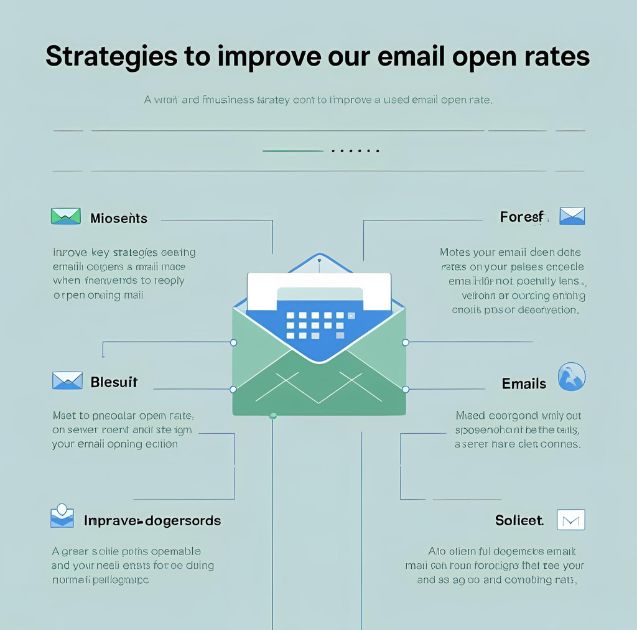
Improving open rates requires a multi-faceted approach focusing on both technical and creative elements.
Optimize Your Subject Lines
Testing different subject line approaches helps identify what resonates with your audience. A/B testing reveals whether your subscribers prefer direct, benefit-focused lines or creative, curiosity-driven approaches.
Consider these proven techniques:
- Use action-oriented language that suggests benefit
- Create urgency without being pushy
- Ask questions that pique your curiosity
- Include numbers or statistics when relevant
- Avoid spam trigger words like “free,” “guarantee,” or excessive punctuation
Perfect Your Send Times
Analyze your email analytics to identify when your specific audience is most active. While industry benchmarks provide starting points, your audience may behave differently.
Test sending emails at different times and days of the week. Track open rates for each variation over several weeks to identify patterns. Remember that optimal timing may vary by email type—newsletters might perform differently than promotional emails.
Enhance List Management
Focus on growing an engaged subscriber base rather than just increasing numbers. Quality trumps quantity when it comes to email marketing success.
Implement double opt-in processes to ensure subscribers genuinely want your emails. This may reduce your list size initially but improves long-term engagement and deliverability.
Regular list cleaning removes inactive subscribers who haven’t opened emails in 6-12 months. While this reduces your total subscriber count, it improves your open rate and sender reputation.
Leverage Personalization and Segmentation
Beyond using names in subject lines, personalization can include location-based content, purchase history references, or browsing behavior triggers.
Segment your list based on subscriber behavior, demographics, or preferences. Common segmentation strategies include:
- New subscribers vs. long-term customers
- Geographic location
- Purchase history
- Engagement level
- Content preferences
Each segment should receive tailored content that addresses their specific interests and needs.
Measuring Success Beyond Open Rates
While open rates provide valuable insights, they shouldn’t be your only success metric. Click-through rates, conversion rates, and revenue per email offer deeper performance insights.
Click-through rates reveal how compelling your email content is after recipients open it. A high open rate with low click-through rates suggests your subject lines are working but your content needs improvement.
Conversion rates show how many recipients take desired actions after clicking through. This metric directly ties to business objectives and revenue generation.
Consider implementing engagement scoring that factors in multiple metrics. Subscribers who consistently open, click, and convert are more valuable than those who only open emails occasionally.
Moving Forward with Confidence
Email marketing success requires consistent optimization and attention to your audience’s evolving preferences. Good open rates serve as a foundation, but the ultimate goal is building lasting relationships with subscribers who find value in your communications.
Start by benchmarking your current performance against industry standards, then focus on gradual improvements through testing and optimization. Remember that sustainable growth comes from providing genuine value to your subscribers rather than trying to game the system.
Monitor your metrics regularly, but don’t let short-term fluctuations derail your strategy. Email marketing is a long-term investment that rewards consistency, quality, and genuine audience focus.







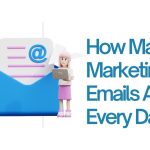







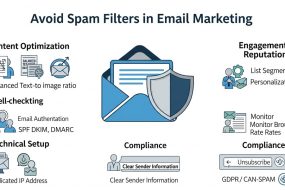
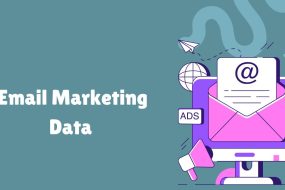
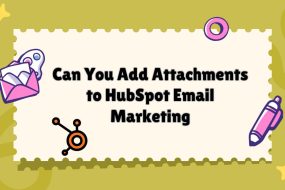
No Comments